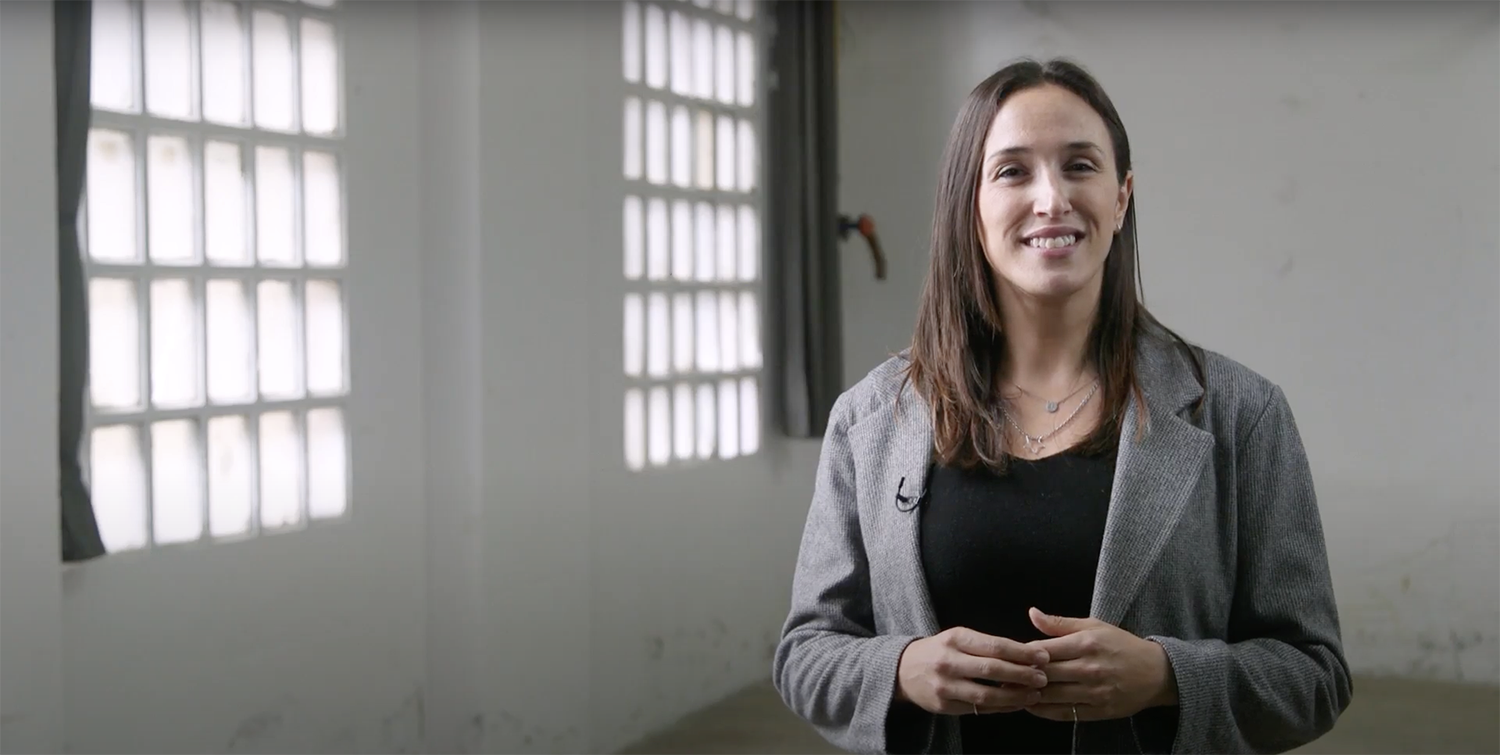

What power does the ECB have over our economy?
What are the functions of the European Central Bank, what tools does the institution headed by Christine Lagarde have at its disposal, and how is it organised? Lara de Castro, HR Business Partner at 11Onze, explains the basics in a course on one of the most important institutions of the European Union.
The European Central Bank (ECB), which has its headquarters in the German city of Frankfurt, is responsible for the monetary policy of the countries that make up the eurozone and have the euro as their single currency.
As Lara de Castro explains, it was set up a few months before 11 EU states adopted the euro as their single currency on 1 January 1999: Austria, Belgium, Finland, France, Germany, Ireland, Italy, Luxembourg, the Netherlands, Portugal, Spain and Finland. As of today, the list of countries using the single currency has grown to 19, with Estonia, Greece, Latvia, Lithuania, Malta, Cyprus, Slovakia, Slovenia and Estonia.
The ECB and the national central banks of the eurozone member states constitute the Eurosystem. This is a different body than the European System of Central Banks, which also comprises the central banks of the EU countries that do not have the euro as their currency.
In addition, there are territories that use the euro, but, as De Castro points out, they do not belong to the eurozone and, therefore, “do not participate in any way in the ECB’s monetary policy”. This is the case of San Marino, Vatican City, Monaco, Kosovo, Montenegro and Andorra, the only one that “has euros with text in Catalan”.
As De Castro explains, the start-up of the ECB “resembled that of a public limited company” in the sense that it has shares and share capital. In fact, its current share capital is more than 10.8 billion euros, which “are in the hands of the central banks of the member states, which act as shareholders”. The initial capital allocation was based on the population and GDP of the founding states, and has been modified six times.
The pillar of the monetary union
“The ECB’s primary objective is to maintain the value of the euro”, as Lara de Castro points out. This is the reason why it tries to keep prices stable and inflation in the eurozone as a whole not to exceed 2% per year. In this sense, it is responsible for setting the broad lines of monetary policy and executing it.
In addition, “it is the superior bank in all central and private banks operating in the euro area” and, to ensure that the whole system works, it has the exclusive right to issue currency and supervises the reserves of the member states and their financial status, explains HP Business Partner at 11Onze. It can also purchase debt from EU states in order to boost the economy, as it has done on a massive scale in recent years.
What monetary policy tools does the European Central Bank have at its disposal? To begin with, there are the open market operations, which are of four types and serve to control the interest rate and manage market liquidity. Then there are the “standing facilities”, which are available to Eurosystem banks for both loans and deposits. And then there is what is known as “minimum reserve maintenance”, which obliges private banks in the euro area to deposit a portion of their deposits with their country’s central bank.
Three main governing bodies
The ECB’s administrative structure revolves around three main bodies: the Governing Council, the Executive Board and the General Council.
The decision-making power for monetary policy for the euro area rests with the Governing Council, which is composed of six members of the Executive Board and the governors of the central banks of the euro area countries. Its function is to define monetary policy, “by setting the interest rates at which commercial banks can obtain money from the central bank”, as Lara de Castro points out.
The Executive Board consists of the President and Vice-president of the ECB and four other members appointed by the European Council. Its role is to implement the monetary policy defined by the Governing Council and to give the necessary instructions to the national central banks.
As for the General Council, it includes the President and Vice-president of the ECB, together with the governors of the national banks of the member states of the European Union. As De Castro specifies, it provides support for consultation and coordination tasks, and assists “in the preparation of the enlargement of the euro area”.
If you want to discover the best option to protect your savings, enter Preciosos 11Onze. We will help you buy at the best price the safe-haven asset par excellence: physical gold.

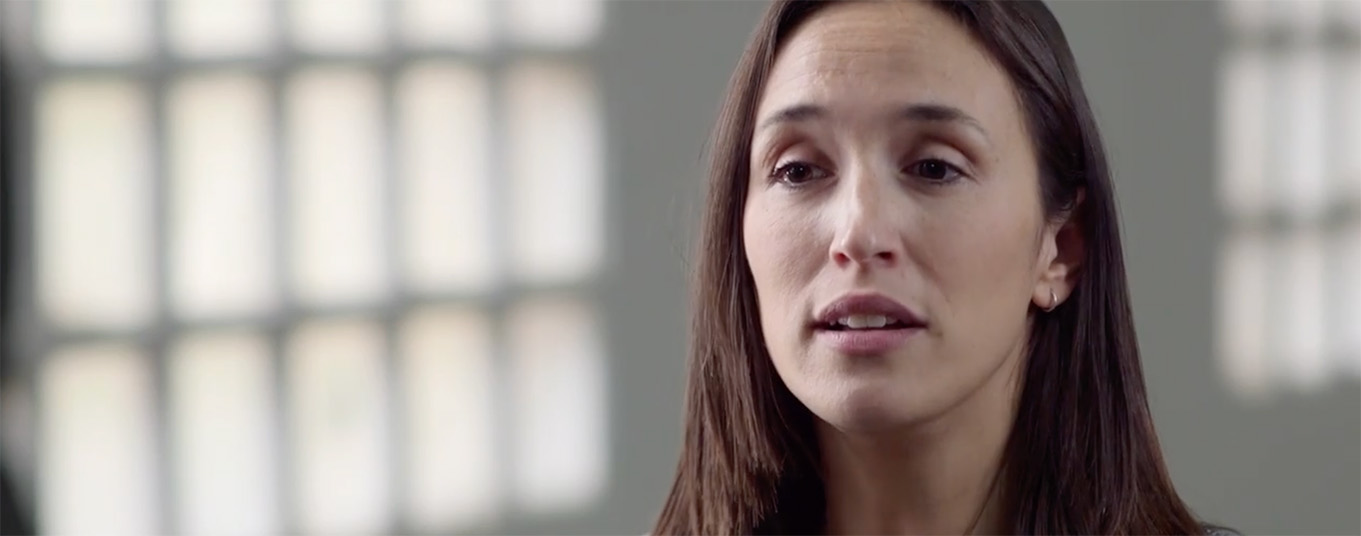
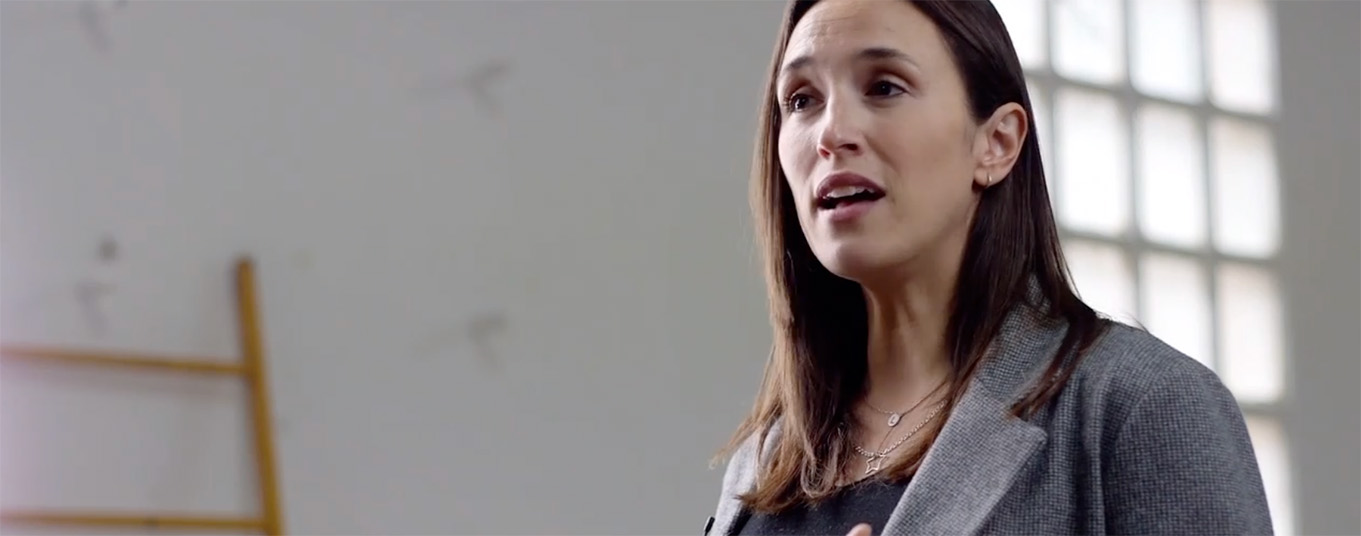
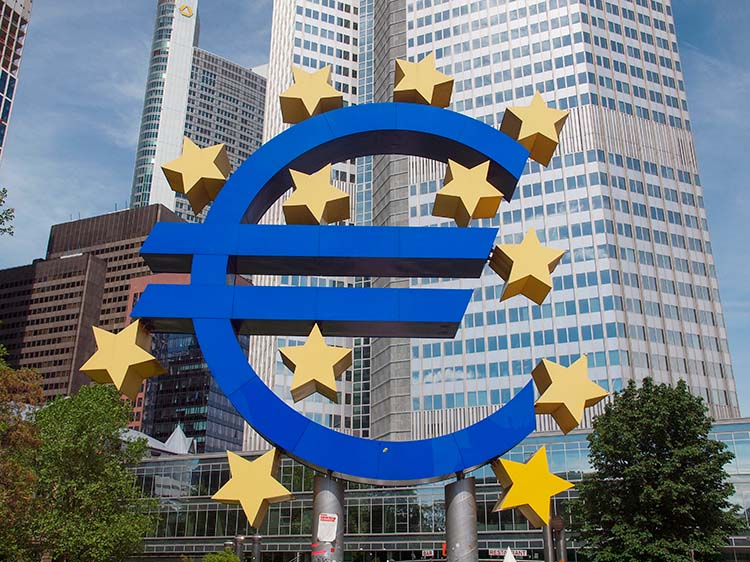
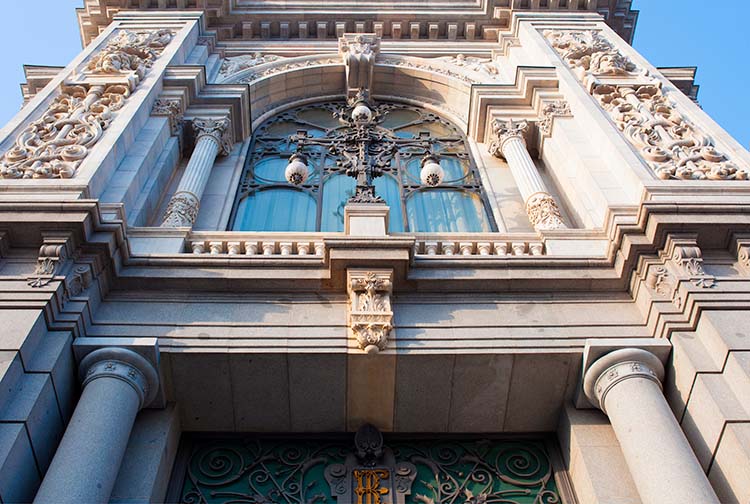



Gràcies!
Gràcies a tu, Joan, per ser-hi i per seguir-nos!!!
Cada cop més,s’esta veient que la crisis d’argentina no es curta i que va per a llarg i que es producte de la globalització i que aquesta sols beneficia a 4 amics rics ubicats a una part del món q viuen a costa de la pobresa ubicada a l’altra punta del món i la manera que té la globalització d’intentar solucionar-ho es mitjançant guerres sense sentit que acaben de dinamitar el poc sentit que tenia la globalization. La pregunta es quan ens costarà corregir aquesta errada? En Argentina porten desde 2002, 20 anys!! I en aquest ultim mes d’agost el ministeri Argentina d’economia a canviat 3 vegades per 3 dimisions! Vull dir que el problema està lluny de resoldres, requereixen solucions “globals” que de moment no sembla que els hi arribi.
Agrair-te, també, els teus extens comentaris, Jordi!!!
Gràcies per l’explicació, ara falta que les complisquen totes aquestes funcions…q amb la inflació cada cop sóc més escèptic, esperem q no arribi als nivells d’argentina, q des d’aleshores fins ara… han arribat al 71% d’inflació amb una pujada de tipus del 69’5% I així i tot encara no han sortit de la crisis. Per tant per mí es falç que la pujada de tipus sigui sinonim d’estabilitzar els preus.
Moltes gràcies a tu, Jordi, per ser-hi i per seguir-nos!!!
És bo saber que es I com funciona el BCE,
Gràcies Lara
Moltes gràcies a tu per ser-hi sempre i seguir-nos, Alícia!!!
Gràcies info
A tu Miquel, sempre, per seguir-nos.
👍
Gràcies, Manel!!!